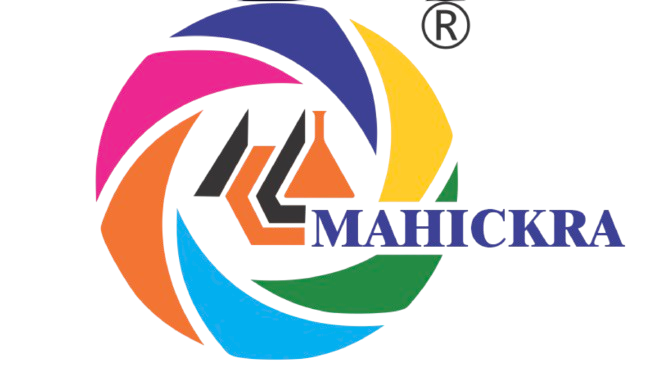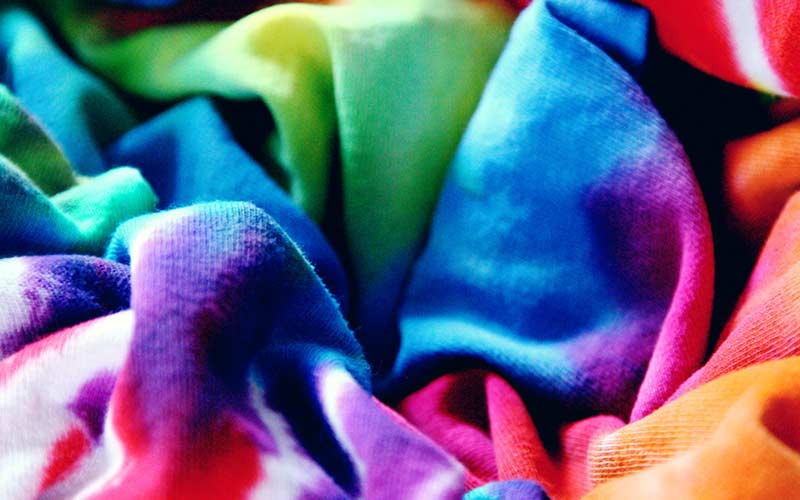The Reactive Dyes is made out of parent colors, connecting gathering and dynamic gathering, it can frame a solid covalent bond with the fiber amid coloring, and thus it has a progression of attributes unmatched by other cellulose fiber colors.
Reactive dyes are suitable for dyeing a new type of cellulose fiber products such as Lyocell fibers.
Advantage Reactive Dyes
- Responsive colors are a standout amongst the best options in contrast to prohibited colors and different sorts of cellulose colors, for example, sulfur colors, azoic colors, and tank colors.
- Dyes materials having phenomenal properties, especially great wet speed, can be acquired by coloring with receptive colors through an efficient and straightforward coloring process.
- Colored materials having phenomenal properties, especially great wet speed, can be acquired by coloring with receptive colors through an efficient and straightforward coloring process.
- Reactive dyes are suitable for dyeing a new type of cellulose fiber products such as Lyocell fibers.
Disadvantages of Reactive Dyes
- Synthetic filaments don’t retain water or sweat. In sweltering and sticky climates along these lines the garments made of manufactured fiber adhere to the body and make the wearer awkward.
- Synthetic filaments liquefy and consume effectively.
- Synthetic filaments on bursting into flames shrivel shaping globules that adhere to the skin. In this manner, it isn’t fitting to utilize garments produced using manufactured strands while working close flam/fire, such as, in the kitchen.
- Synthetic strands are no biodegradable. Consequently, they cause soil contamination.

